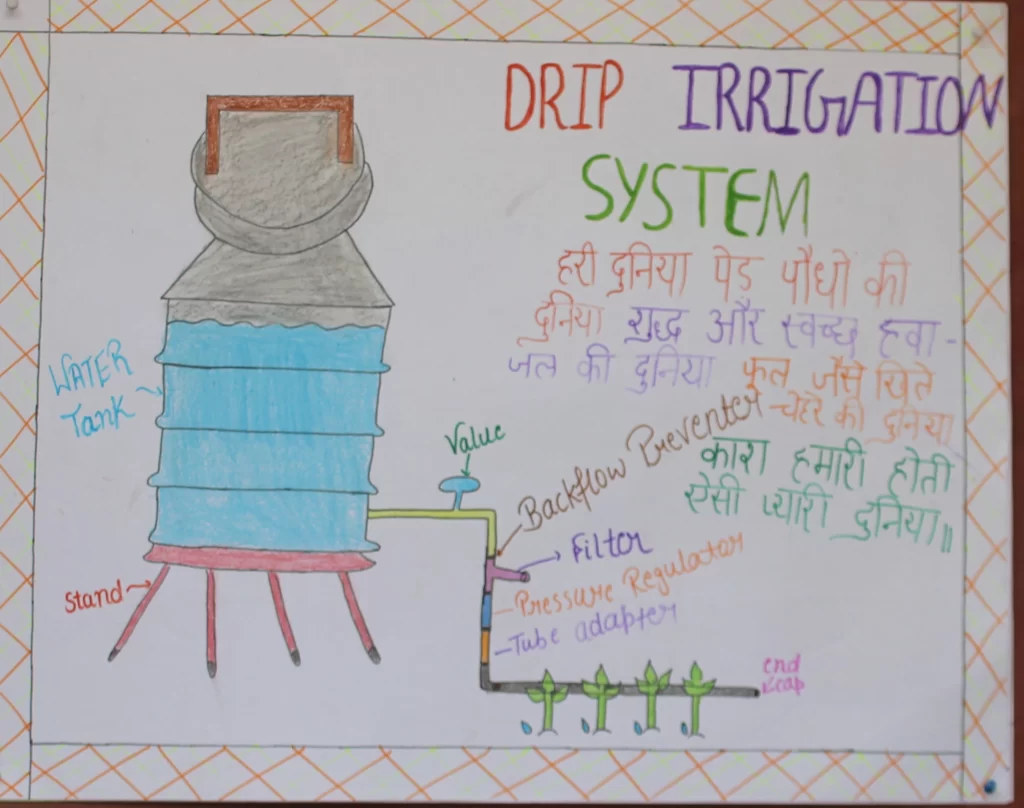
Drip Irrigation is a type of irrigation system that conserves water by delivering a slow and precise amount of water directly to the roots of plants. The system is designed to provide the right amount of water, at the right time, and in the right place to promote healthy plant growth and reduce water waste.
Here are some benefits of drip irrigation:
- Water conservation: Drip irrigation uses less water than traditional irrigation methods because it delivers water directly to the plant’s roots, reducing evaporation and runoff.
- Energy conservation: Drip irrigation requires less energy to operate than other irrigation methods, such as sprinkler systems.
- Improved plant growth: Drip irrigation provides water and nutrients directly to the plant’s roots, promoting healthy plant growth and reducing water stress.
- Reduced weed growth: Drip irrigation delivers water only to the plant’s roots, reducing the amount of water available to weeds and reducing their growth.
- Improved soil health: Drip irrigation reduces soil erosion and compaction, and allows water and nutrients to penetrate deeper into the soil, promoting healthy soil and reducing the need for synthetic fertilizers.
- Reduced disease and pest problems: Drip irrigation reduces the amount of water on plant leaves, which can reduce the risk of disease and pest problems.
Overall, drip irrigation is an efficient and effective way to irrigate crops, gardens, and other landscapes. By reducing water use and improving plant growth, drip irrigation can help conserve resources and support sustainable agriculture and landscaping practices.
